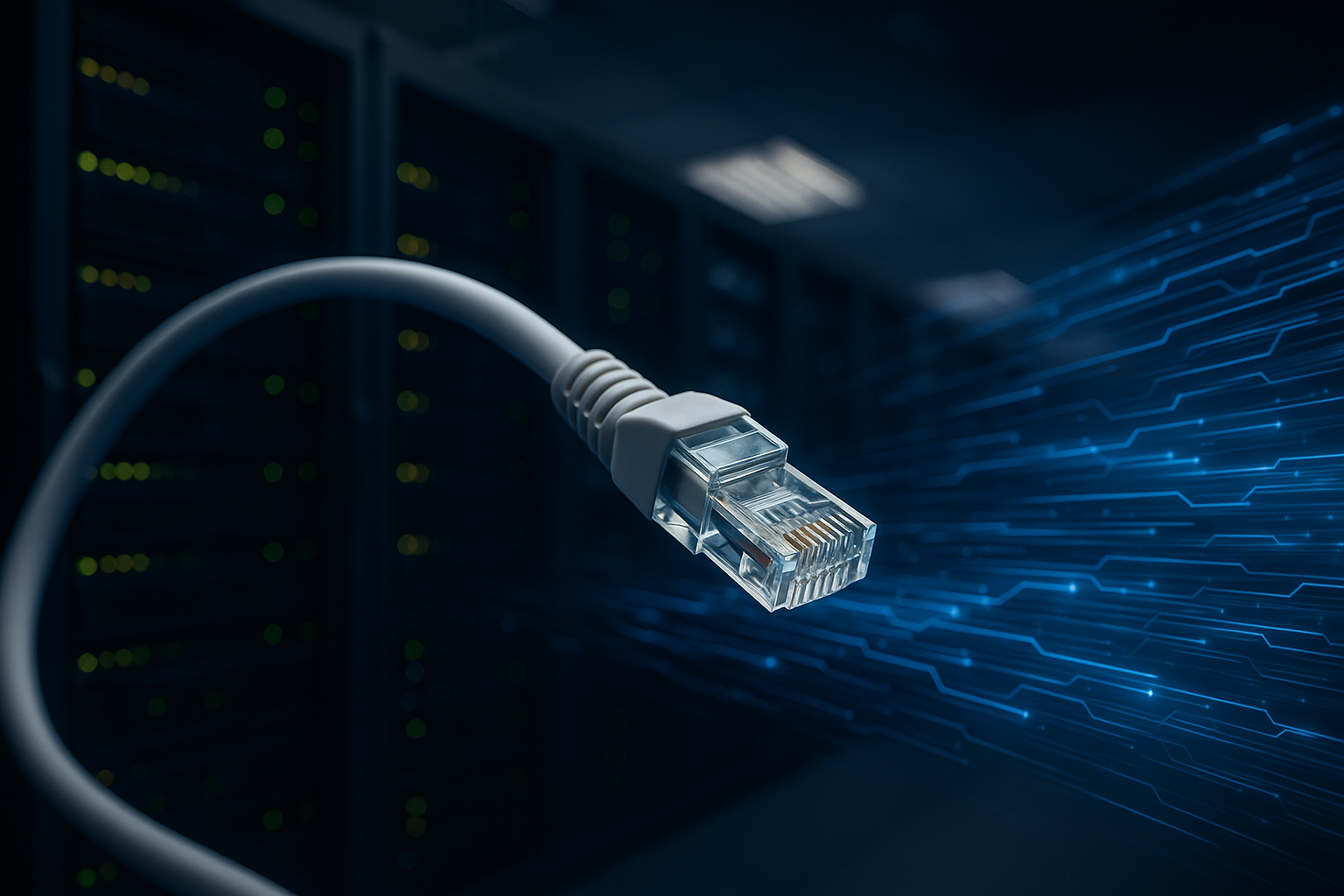Leaping into the Future: The Implications of Terabit Ethernet
Is the world ready for Terabit Ethernet? As we witness the exponential growth of digital content, the need for higher speeds and more efficient data transfer becomes imperative. This article delves into the evolution, current trends, and the future of Terabit Ethernet.

Birth of Terabit Ethernet
In the world of telecommunications, the need for speed is relentless. From the humble beginnings of dial-up connections to the gigabit services available today, the quest for faster and more efficient data transfer never ceases. One such leap forward is the conceptualization and development of Terabit Ethernet. While still in its nascent stages, this technology promises to revolutionize data transfer speeds. In essence, Terabit Ethernet is a network technology that offers data transfer speeds of 1 terabit per second or more.
Current Trends in Terabit Ethernet
The explosion of data in the digital world has pushed the need for Terabit Ethernet to the forefront. With the advent of data-heavy applications like Augmented Reality (AR), Virtual Reality (VR), and 4K video streaming, current gigabit services are being stretched to their limits. As a result, telecom giants and research institutions worldwide are pouring resources into making Terabit Ethernet a reality.
Impact and Challenges of Terabit Ethernet
The adoption of Terabit Ethernet can redefine the face of various industries. For example, in cloud computing and data centers, it can drastically improve data transfer rates and reduce latency. However, the road to Terabit Ethernet is fraught with challenges. These include technological hurdles, such as the need for more efficient error correction protocols, and commercial challenges like the high cost of infrastructure upgrades.
Practical Applications of Terabit Ethernet
Despite its challenges, the potential applications of Terabit Ethernet are vast. From powering next-gen data centers to enabling lightning-fast content delivery networks, Terabit Ethernet can be a game-changer. It could also significantly enhance the performance of high-performance computing applications and massively multiplayer online games.
The Path Forward for Terabit Ethernet
As we stand on the cusp of the Terabit Ethernet era, it’s clear that this technology holds immense potential. While the challenges are substantial, with continued research and advancement, we may soon witness a world where data transfer rates of 1 terabit per second are the norm. As we continue to create and consume more digital content, the need for technologies like Terabit Ethernet will only grow.
In conclusion, Terabit Ethernet represents a significant leap forward in the world of telecommunications. It could vastly improve our digital experiences and propel us into a future where data transfer rates are measured in terabits rather than gigabits. However, the path to this future is not straightforward and will require substantial technological advancements and commercial investments. Nevertheless, the promise of Terabit Ethernet is too significant to ignore, and it’s a space that everyone interested in the future of connectivity should watch closely.





